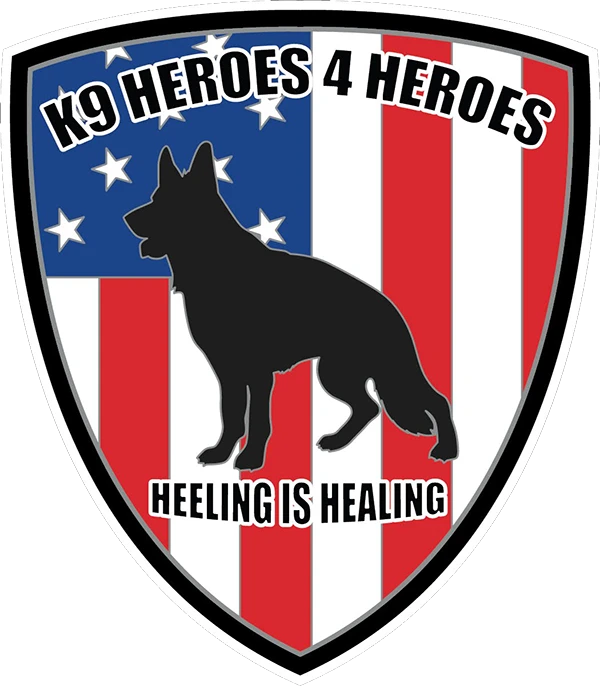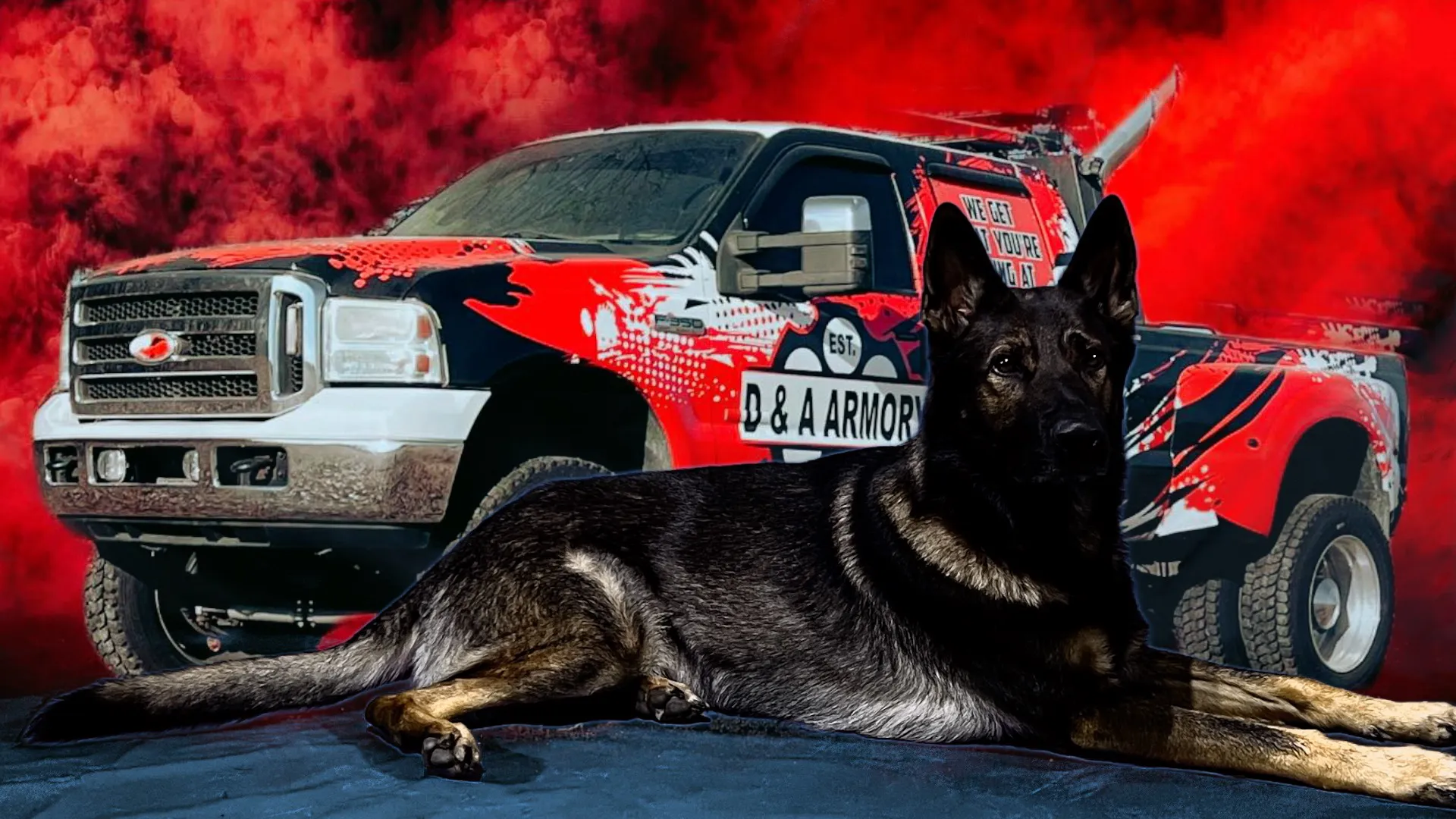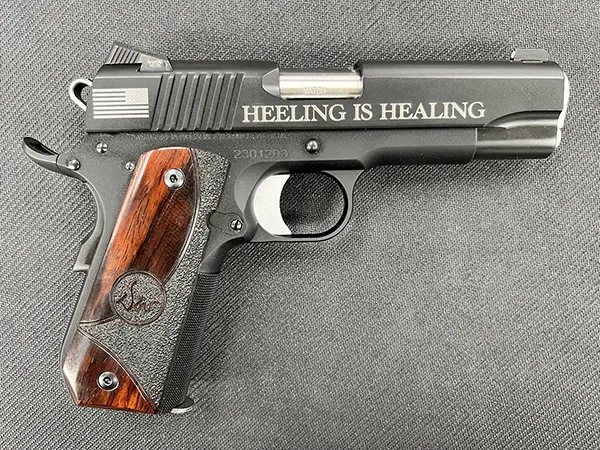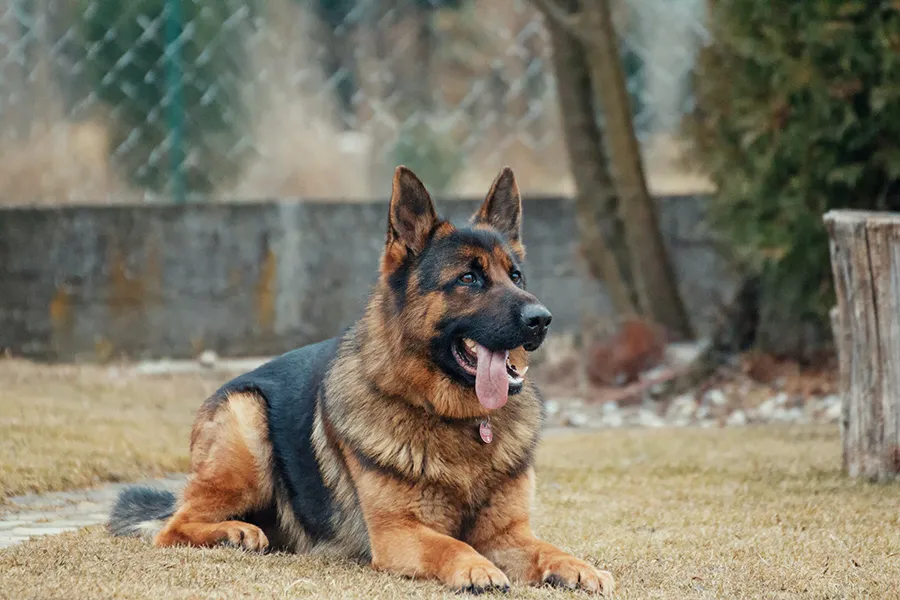
Introduction
Service dogs have become an integral part of modern society, providing invaluable assistance to individuals with disabilities and special needs. These highly trained and dedicated canine companions have a rich history that dates back centuries. In this article, we will explore the fascinating journey of service dogs through time, from their ancient origins to their contemporary roles in improving the quality of life for countless individuals.
Ancient Beginnings
The concept of using dogs as helpers and companions for humans can be traced back thousands of years. Early civilizations recognized the unique abilities and loyalty of these animals. Ancient Egyptians, Greeks, and Romans all had instances of using dogs to assist people with disabilities.
One of the earliest documented examples of service dogs dates to the 1st century AD, in which a Roman writer, Strabo, mentioned dogs being used to guide blind individuals. These early dogs were not formally trained, but their instincts and close bond with their owners were utilized to provide essential support.
The Renaissance and Beyond
Service dogs faded from historical records during the Middle Ages but reemerged during the Renaissance period. In the 16th century, a Swiss physician named Paracelsus began using dogs to predict and manage epileptic seizures. He observed that certain dogs could predict when a seizure was imminent and alert their owners.
In the 18th century, the concept of guide dogs for the blind gained prominence in Europe. Parisian writer and philosopher Denis Diderot described the use of guide dogs in his encyclopedia, emphasizing the remarkable relationship between humans and their canine helpers.
World War I and the Birth of Modern Service Dogs
The real turning point in the history of service dogs came during World War I. After the war, many soldiers returned home with physical disabilities, including blindness. In response, various organizations and individuals started training guide dogs to help blind veterans regain their independence.
In 1929, the first guide dog school, The Seeing Eye, was founded in the United States by Dorothy Harrison Eustis and Morris Frank. They imported a guide dog from Switzerland and demonstrated the transformative potential of guide dogs for the blind.
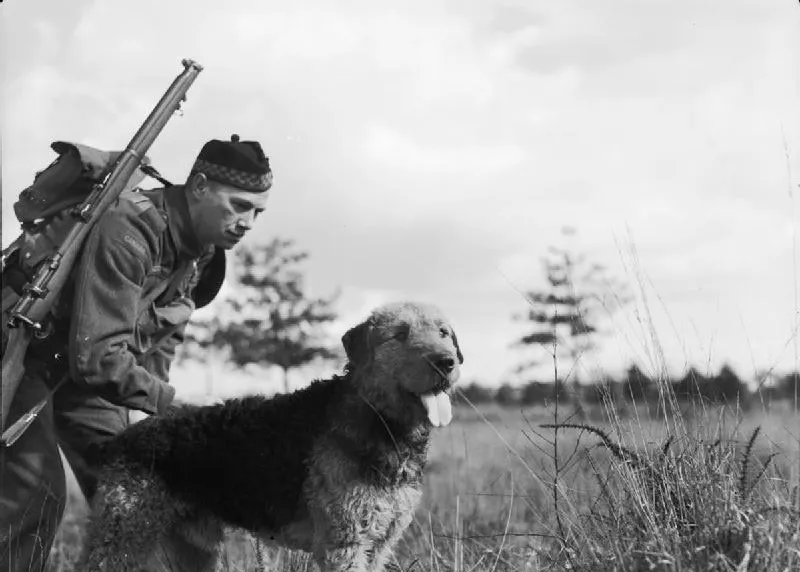
World War II and Beyond
The use of service dogs expanded further during World War II, as they were trained to assist veterans with mobility impairments and post-traumatic stress disorder. Organizations like Canine Companions for Independence and Guide Dogs for the Blind were established, providing specialized training for dogs and matching them with individuals in need.
In the latter half of the 20th century, service dogs began assisting people with a wide range of disabilities, including those with mobility issues, hearing impairments, diabetes, and even autism. The Americans with Disabilities Act (ADA), enacted in 1990, established legal rights and protections for individuals with disabilities and their service dogs, ensuring their access to public places and facilities.
Modern Service Dogs
Today, service dogs are trained to perform a remarkable array of tasks, depending on their owner’s needs. They can alert individuals to specific sounds, retrieve dropped items, open doors, provide balance and stability, and even assist with tasks like turning on lights or helping with household chores.
In addition to their practical functions, service dogs also offer emotional support to their owners. For those with psychiatric conditions, such as post-traumatic stress disorder or anxiety, these dogs provide comfort and a sense of security, helping to mitigate symptoms.
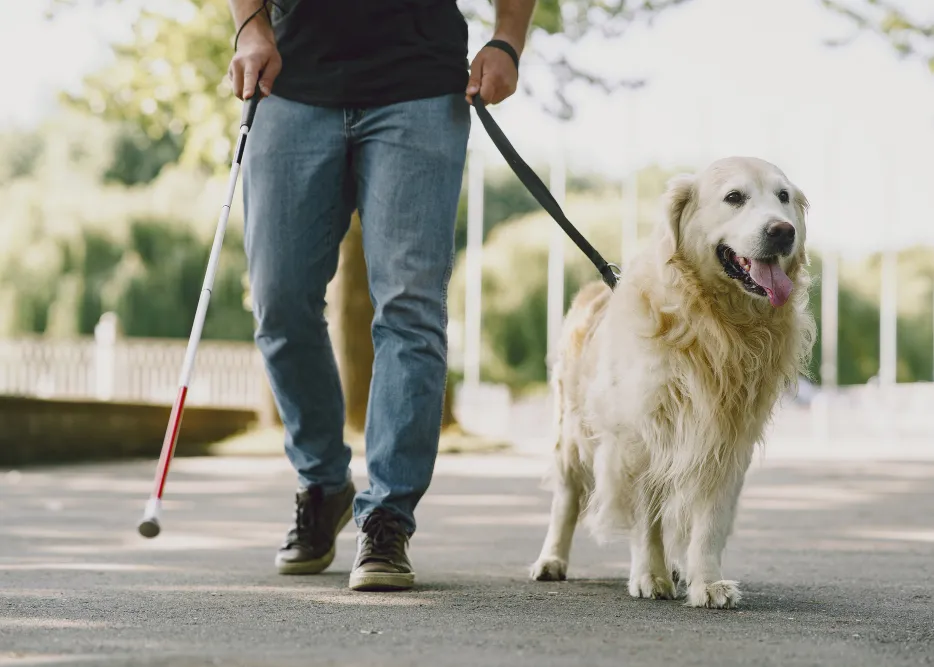
Conclusion
The history of service dogs is a testament to the enduring bond between humans and canines. From their ancient origins as natural helpers to their modern roles as highly trained service animals, these remarkable dogs have played a vital role in enhancing the quality of life for countless individuals. As our understanding of canine abilities and the needs of people with disabilities continues to evolve, service dogs will undoubtedly continue to make a significant impact on society.
